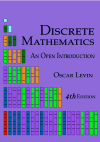1.
We will say that two numbers between 1 and 31 are related, written
(a)
Which of the following are true? That is, which of the following pairs of numbers are related as we have defined above?

